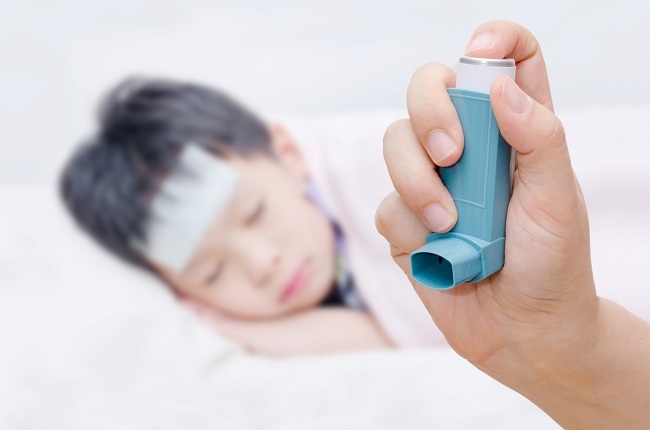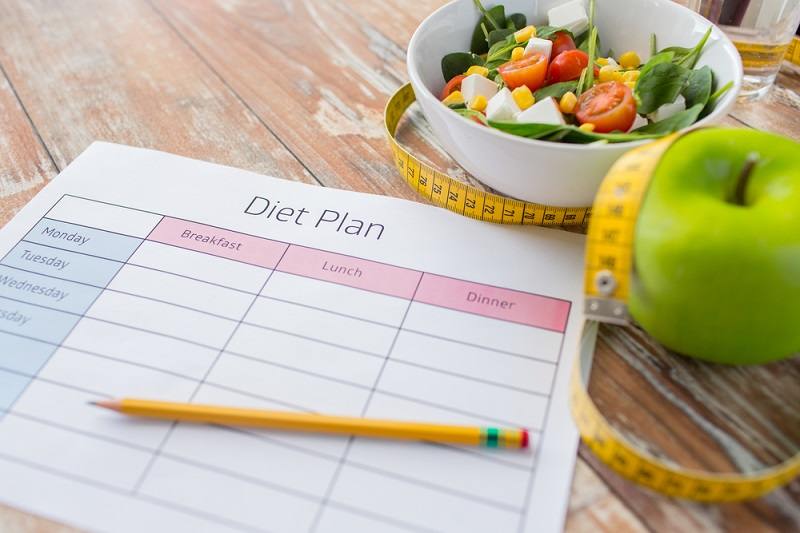Normal blood pressure values for children are different from normal blood pressure for adults. It is important for a child's normal blood pressure to always be kept stable. This is because a child's blood pressure that is too high or low can cause health problems in children.
Blood pressure is a measure to determine the performance of the heart and blood vessels in pumping and flowing blood throughout the body.

Blood pressure generally has different normal limits, depending on age, height, weight, and gender. Thus, children also have their own normal blood pressure limits.
As with adults, blood pressure in children is also influenced by various factors, such as heredity or genetics, daily activities, to certain diseases.
Therefore, every parent needs to monitor their child's blood pressure regularly so that his health condition can be monitored and can get treatment as early as possible if he has problems with his blood pressure.
What is the Value of Normal Blood Pressure in Children?
Children's blood pressure measurements use the same sphygmomanometer as adults. However, a blood pressure cuff for children is different from a cuff for adults. Cuff sizes for children and infants are generally smaller because of their small body size.
Normal blood pressure is generally in the range of about 120/80 mmHg. The number 120 mmHg indicates systolic blood pressure, which is the pressure in the blood vessels when the heart pumps and circulates blood throughout the body.
Meanwhile, the figure of 80 mmHg indicates diastolic blood pressure, which is blood pressure when the heart receives back blood flow from the rest of the body.
However, every child has a different normal blood pressure range, depending on their age, weight, and height. The following are normal blood pressure values in children by age that you need to know:
- Children aged 1-3 years have a normal systolic blood pressure between 80-90 mmHg and a normal diastolic pressure between 50-70 mmHg.
- Children aged 3–6 years have a normal systolic blood pressure between 95–110 mmHg and a normal diastolic pressure between 55–70 mmHg.
- Children aged 7–12 years have a normal systolic blood pressure between 95–110 mmHg and a normal diastolic blood pressure between 55–70 mmHg.
- Children aged 13 years and over have a normal systolic blood pressure between 100–120 mmHg and a normal diastolic blood pressure of 60–80 mmHg.
A child's blood pressure that exceeds the normal limit is said to be high blood pressure or hypertension. Conversely, a child's blood pressure that is lower than the normal limit is said to be low blood pressure or hypotension.
High Blood Pressure in Children
High blood pressure or hypertension is not only experienced by adults, but can also occur in children. This condition is often asymptomatic, but some children with hypertension may experience frequent complaints of dizziness, nausea, headache, shortness of breath, chest pain, chest palpitations, and seizures.
Causes of hypertension in children can be divided into two types, namely primary hypertension and secondary hypertension.
Primary hypertension is hypertension that appears without a clear cause. However, there are several factors that can increase a child's risk of developing primary hypertension, namely:
- Family history of high blood pressure
- Obesity or being overweight
- Frequent exposure to cigarette smoke
- Lack of activity or rarely exercise
- Unhealthy eating patterns, for example often eating foods high in salt and sugar
Meanwhile, secondary hypertension in children is hypertension that arises due to comorbidities, such as kidney disease, congenital heart disease, blood vessel disorders, hormone disorders, and tumors. Hypertension can also occur as a side effect of drugs.
As with adults, hypertension in children is a condition that needs to be treated properly. If they don't get the right treatment, children with hypertension are at high risk for dangerous cardiovascular diseases, such as stroke, heart attack, heart failure, and impaired kidney function.
Low Blood Pressure in Children
Low blood pressure or hypotension is a condition in which blood pressure is below normal, so that blood flow throughout the body is not optimal. This can affect oxygen levels and the amount of nutrients that flow to various organs and tissues of the body.
When a child's blood pressure drops below normal blood pressure, various symptoms of hypotension can appear, including:
- Blurred or dizzy vision
- Dizzy
- Body feels weak
- Often sleepy
- It's hard to concentrate
- Faint
- Nausea and vomiting
Low blood pressure in children can be caused by various health problems, such as heart rhythm disturbances or arrhythmias, dehydration, severe infections or sepsis, orthostatic hypotension, severe allergic reactions or anaphylaxis, to side effects of drugs, such as pain relievers.
Similar to hypertension, hypotension is also a dangerous condition. If not treated immediately, hypotension in children can cause children to experience various functions of vital organs, such as the brain, heart, and kidneys. Hypotension can also cause a child to go into shock.
The child's normal blood pressure needs to be kept stable. If a child's blood pressure is higher or lower than normal, various health problems can occur, as well as being a sign of certain diseases in the child. Therefore, you should immediately consult a doctor.
To keep your child's blood pressure normal, get your child used to eating nutritious foods, avoiding foods that contain a lot of salt and saturated oil, and exercising regularly.









